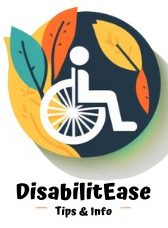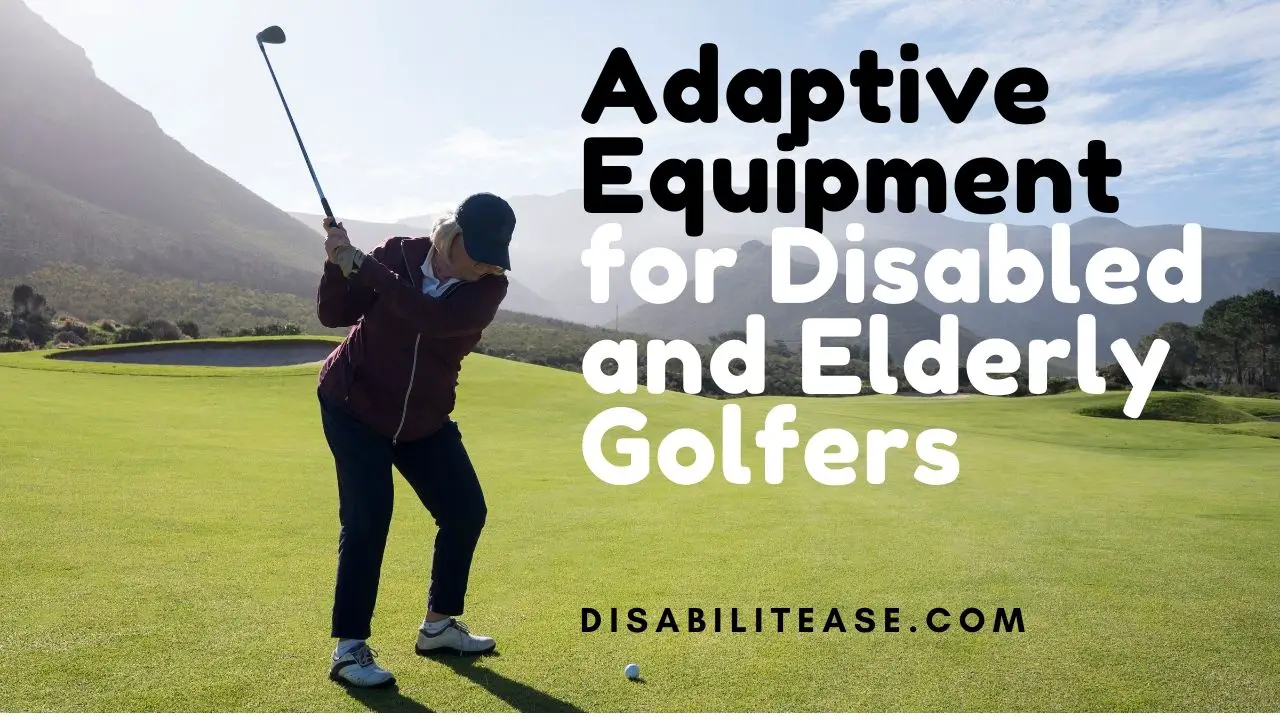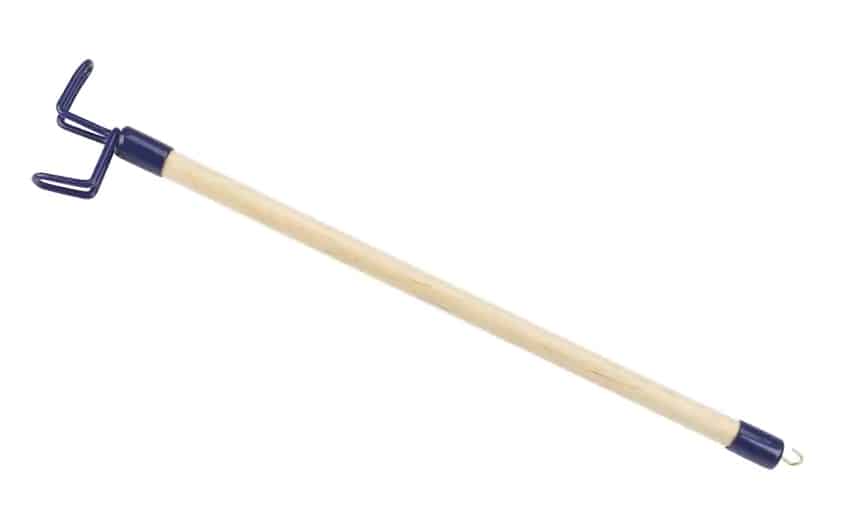
Are you new to adaptive equipment or assistive device? If yes, then you might be confused about the difference between both these terms.
Here is a related article that might interest you on Adaptive Equipment for Golf Playing Disabled & Elderly.
Let’s take a look into adaptive equipment vs assistive devices and learn the difference between them.
Table of Contents
Adaptive Equipment Vs Assistive Device – An Overview of the Difference
Today, technological advancement has given several innovative & small ways to aid our daily life activities.
Two of the leading fields are assistive technology/device and adaptive technology/equipment. But, the confusion is they both seem too similar yet too different. Anyways, there’s a major difference between them. Let’s see how these two are different and what’s underlying them that aid our daily living.
“Assistive technology aims to make a person “more whole.” On the other hand, adaptive technology doesn’t try to “fix” the person – the technology is adapted that makes the person independent. Assistive technology is for those who are dependent on others. Adaptive technology is seldom used by non-disabled persons as well”.
Assistive Device/Technology:
An assistive device or technology refers to a device or technology that aids a person in completing a task that they otherwise won’t be able to perform. The most common example of an assistive device/tool/technology would be a wheelchair or crutches.
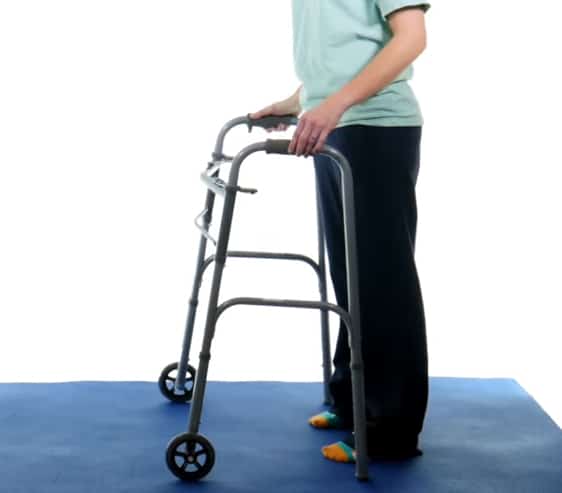
In actuality, assistive technology is a broader term. Many people confuse it with adaptive technology and think of them as similar things. However, there’s a significant difference between them.
Assistive devices/tools/technology has long been in use. Assistive tools/devices/technology is an item, product, or service that assists someone who needs mobility assistance because of his/her disability.
For example, a person is unable to walks because of lower limb reduction. In such a case, a walker, wheelchair, or crutches work as an assistive technology to enable him to walk.
Adaptive Equipment:
Adaptive equipment is a sort of assistive device/technology. It refers to adapting an existing tool and using it to fulfill your certain requirements. An example of adaptive equipment is modified driving control for people with mobility limitations. Here, the control of the car already exists, but they’re modified in a way that a person with limb reduction or limited mobility can use it.
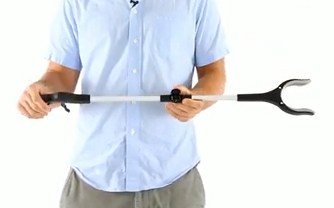
The confusing part is that adaptive technology/equipment is a subset of assistive technology. It’s not as old as assistive technology. When technology started getting better, people associated with assistive devices manufacturing begin modifying them. Consequently, we now have an adapted version of assistive technology.
Adaptive technology is different from assistive technology because of its specificity in scope. On the other hand, assistive technology is more of an umbrella term.
Let’s understand it with an example; a wheelchair is an assistive technology, but a modified version of the wheelchair with electrical controls is adaptive equipment.
Assistive Technology About Physical Disabilities
Typically, when we talk about assistive technology or devices, we talk it about physical disabilities. People with limited mobility, physical disabilities, and limb reduction utilize assistive technology to perform daily life activities.
An assistive device may help you see, hear, walk, dress/undress, eat, and communicate. Regardless of whether you have a temporary injury that has limits your mobility or permanent disability – an explicitly designed assistive device or tool can help you.
Some commonly used assistive devices include:
● Devices that help people to walk
● Magnifying glasses or advanced software that help people with limited vision to read properly
● Walking aids including cane, crutches, walker, etc.
● Wheelchairs, scooters, stairlifts, etc.
Let’s take a deep dive into assistive technology/tools
Assistive Technology/Tools
Assistive technology includes existing technologies like smart home assistants, which includes Amazon Echo, Google Home, etc. Assistive technology/tools enable people to perform certain operations without using their arms and hands.
Another excellent form of modern-day assistive technology is a personal emergency response system. Generally, people with limited mobility wear such devices. All they need is to press a button to inform your caregiver that you need help.
Those with fine motor skill disabilities who can’t perform household chores like cleaning. For them, cleaning robots are a great form of assistive technology to keep their house clean.
Adaptive Equipment About Physical Disabilities
In actuality, adaptive equipment are modified versions of already existing assistive technology/devices/tools. Though adaptive equipment are specifically designed to assist people with a physical disability, normal persons can use them as well.
Some common examples of adaptive equipment include:
● Wheelchair vans – instead of normal driver/passenger seat, wheelchairs are fitted that can move to & fro
● Magnifier software
● Teletypewriter
● Text-to-speech synthesizers
● Modified vehicle controls to enable people with a lower limb disability drive
Let’s talk about Adaptive equipment in detail.
Adaptive Equipment/Tools
People with certain physical disabilities feel difficulty in performing their daily life activities because of limited mobility. Adaptive equipment like utensils, switches, and keyboards improve fine motor skills and aid them in cooking, write, and eat. Check out our Adaptive equipment articles for many types of disabilities.
Giving specialized grips and handles to utensils, sticks, and keyboards, these tools perform better and allow disabled people to hold objects.
Another great adaptive equipment includes sip-and-puff systems. It helps people with fine motor skill abilities to perform functions they can’t perform otherwise. It includes operating a computer, using a mobile phone, move a wheelchair, etc.
An adaptive keyboard works as a great piece of adaptive equipment for people with certain disabilities that worsen their muscle control in the hands. As a result, they can’t write on the keyboard precisely. An adaptive keyboard has raised areas. Disable people can place their hands on them to slide their hands to find the keys rather than striking the keys as normal people do.
We hope this helps you understand the difference between assistive technology and adaptive equipment.

Hi, my name is Eddie, I am a professional trainer specializing in the elderly population and I’m also a website designer. I love training in the gym, going to the beach, traveling, and having good food.
I combined my love for sport and website designing to make “DisabilitEase” whose purpose is to help elderly and disabled people live a more full and active life, have more fun, and enjoy their unique journey despite any disability.
